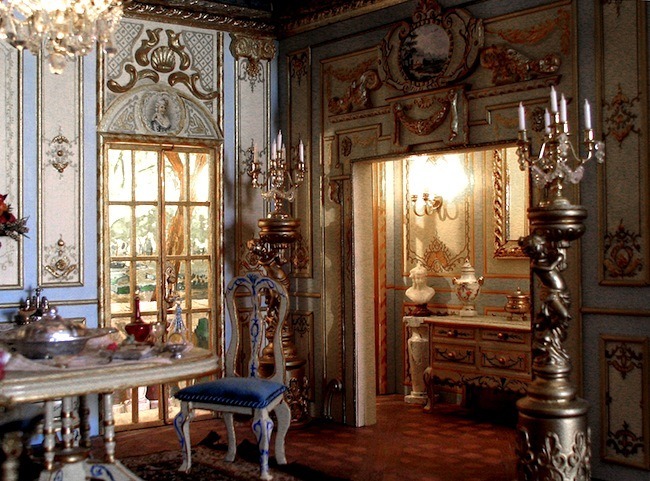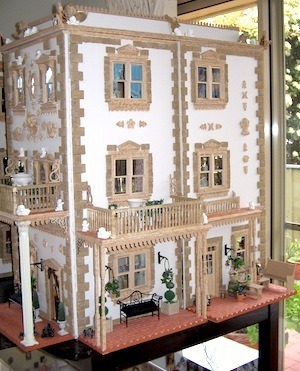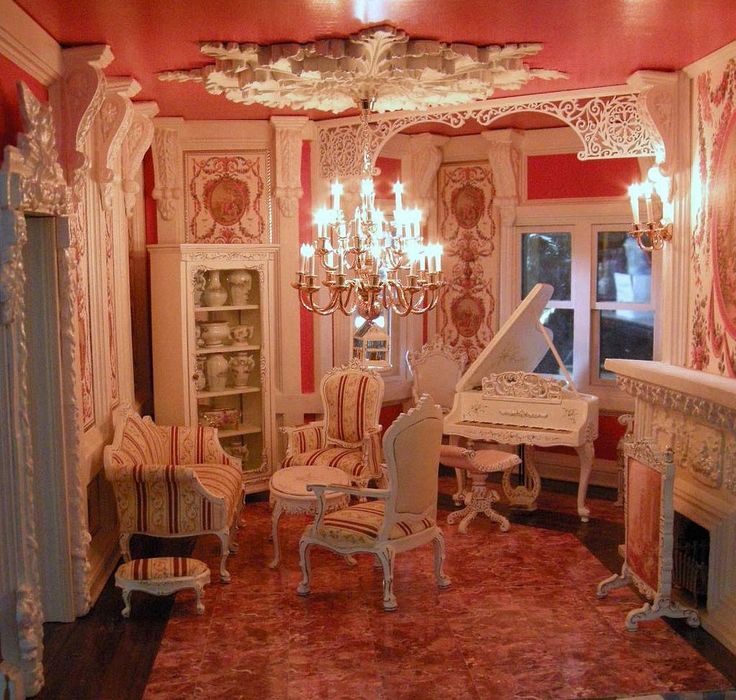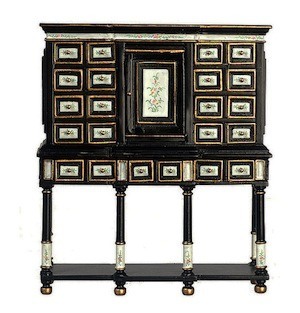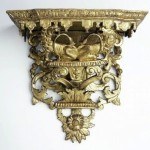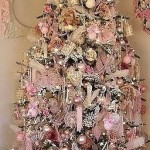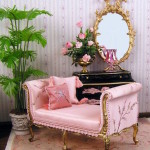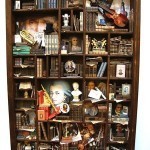The Baroque Style
History
Henry VIII had married his third wife, Jane Seymour. The Ottoman Empire dominated the Mediterranean and most of Asia Minor. Copernicus defied Church doctrine by proclaiming that the earth and all other planets revolved around the sun. Most troublesome for the Vatican, Martin Luther continued to disturb the status quo, proclaiming that God spoke directly to Man, making the Church’s hierarchy unnecessary.
The Council of Trent
Pope Paul III decided something had to be done to secure the Vatican’s role as leader of the Christian world. He convened the Council of Trent in 1545 to formulate a unified Biblical canon, a sacred tradition and liturgy to counter the attractions of the Protestant Reformation.
Twenty-three sessions of this conclave were held between 1545 and 1563. After finishing with questions of internal reform, the Council addressed the representational arts. It demanded that paintings and sculptures in a religious context should speak to the emotions, as well as the intellect. This would allow the illiterate to more fully appreciate the glories of heaven. The works of Caravaggio and his contemporaries were favored because of their use of exuberant ornamentation. This would give the faithful a visual idea of what heaven might be like. What a wonderful place! Everyone well fed, wearing beautiful garments!Description
The word baroque is derived from the Portuguese “barroco”, which means an oddly shaped pearl. In Italy, the definition is “a pedantic, contorted argument of little dialectic value.” Labeling some of art and music masterpiece with such unappealing descriptions seems odd today, but the style’s detractors considered it overly ornamental and exaggerated. Besides, there is some logic to combining “misshapen pearl” and “contorted argument” to describe this new style.
Baroque originated with Papal decrees and left nothing to chance. It is a systemized style with strict rules of proportion, size and the placement of decorative devices. Although it originated in Italy, English designers learned of the new ideas in books, as did Dutch and French craftsmen who had considerable influence on its development.
Exteriors
Baroque architects thought of a building as a kind of giant sculpture. The idea of movement was an essential element, achieved by the use of curves and counter-curves, which became a dominant motif. Facades utilized columns, pilasters, cornices, or pediments, all of which must appear as a cohesive whole, obeying the strict laws of symmetry.
Interiors
The Baroque color palette was rich with dark reds and greens enhanced by gold accent features commonly used to decorate the frames of mirrors and paintings, as well as statuettes and accessories. Baroque interiors are highly detailed, including intricately carved wood paired with luxurious textiles used for furniture, wall and window coverings. These fabrics were often damask or floral patterned.
The style remained fashionable until about 1725 when the short-lived asymmetrical Rococo style evolved. It kept the opulent design elements, such as scrolls in the shape of S and C. but adopted a pastel color palette and taking itself less seriously. As an example, when facing each other, the C-shaped scrolls of the Baroque would line up precisely. In rococo, those scrolls would be askew, giving them a whimsical look.
Design Elements
Foliage motifs – A profusion of plant life characterizes the Baroque style. Scrolling foliage and garlands of flowers decorate many objects.
Marquetry – Marquetry is the laying of veneers of different-colored woods onto the surface of furniture. This novel form of decoration was learned from French and Dutch cabinet-makers.
Putti – The Italian word ‘putti,’ meaning ‘boys,’ is the name given to the chubby infants seen on many Baroque objects.
Crests and initials – The decorative use of monograms, usually people’s initials, was a particular feature of the Baroque style. Heraldic crests were also incorporated into designs as symbols of status and ownership.
Lambrequin motif – baroque interiors were enriched with luxurious textiles. The distinctive features of these fabrics were transformed into motifs to be used in other media. The lambrequin, or tasseled cloth motif, is one of the most common.
Floors are typically made from high-end materials such as solid wood or marble. Large room-sized, hand-woven rugs are placed to soften spaces
Furniture is intricately detailed to accent embellishments with curved legs, carved details, and gilding
Gold frames and gilding on statues and pottery are common
Large mirrors, crystal chandeliers, door knobs, and pulls are commonly used
Luxury fabrics in damask and floral prints are used for upholstery, wall coverings, and floor-to-ceiling window coverings
I hope you find this article useful.
Patrick Owens
Posted on 27 August, 2019
Categories: Baroque


